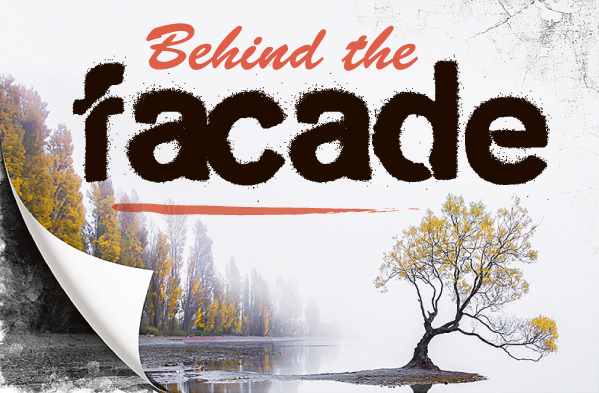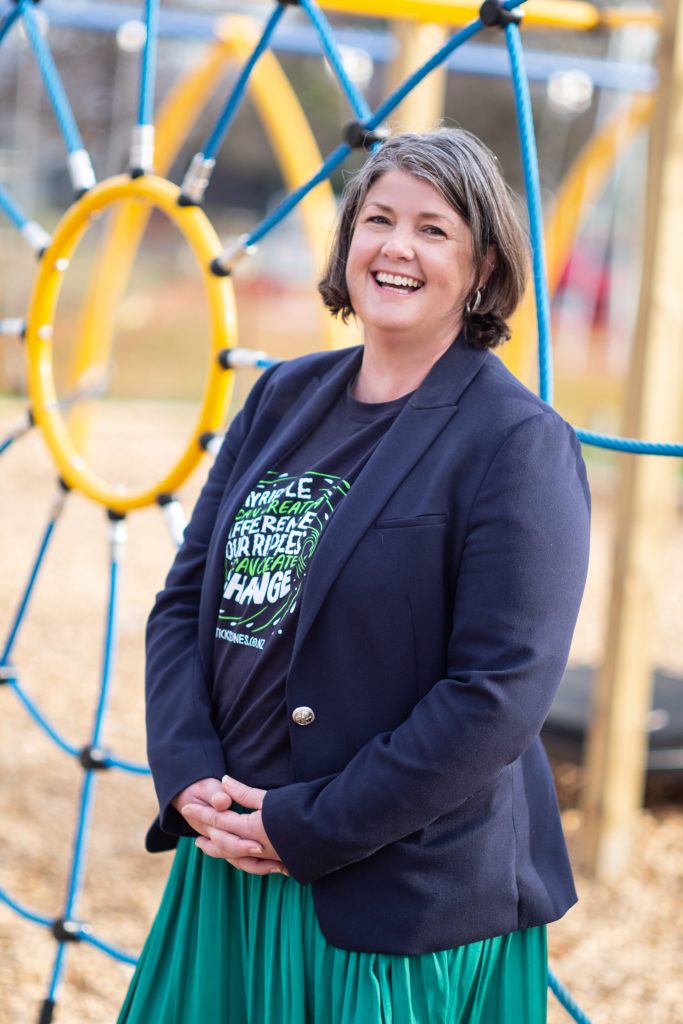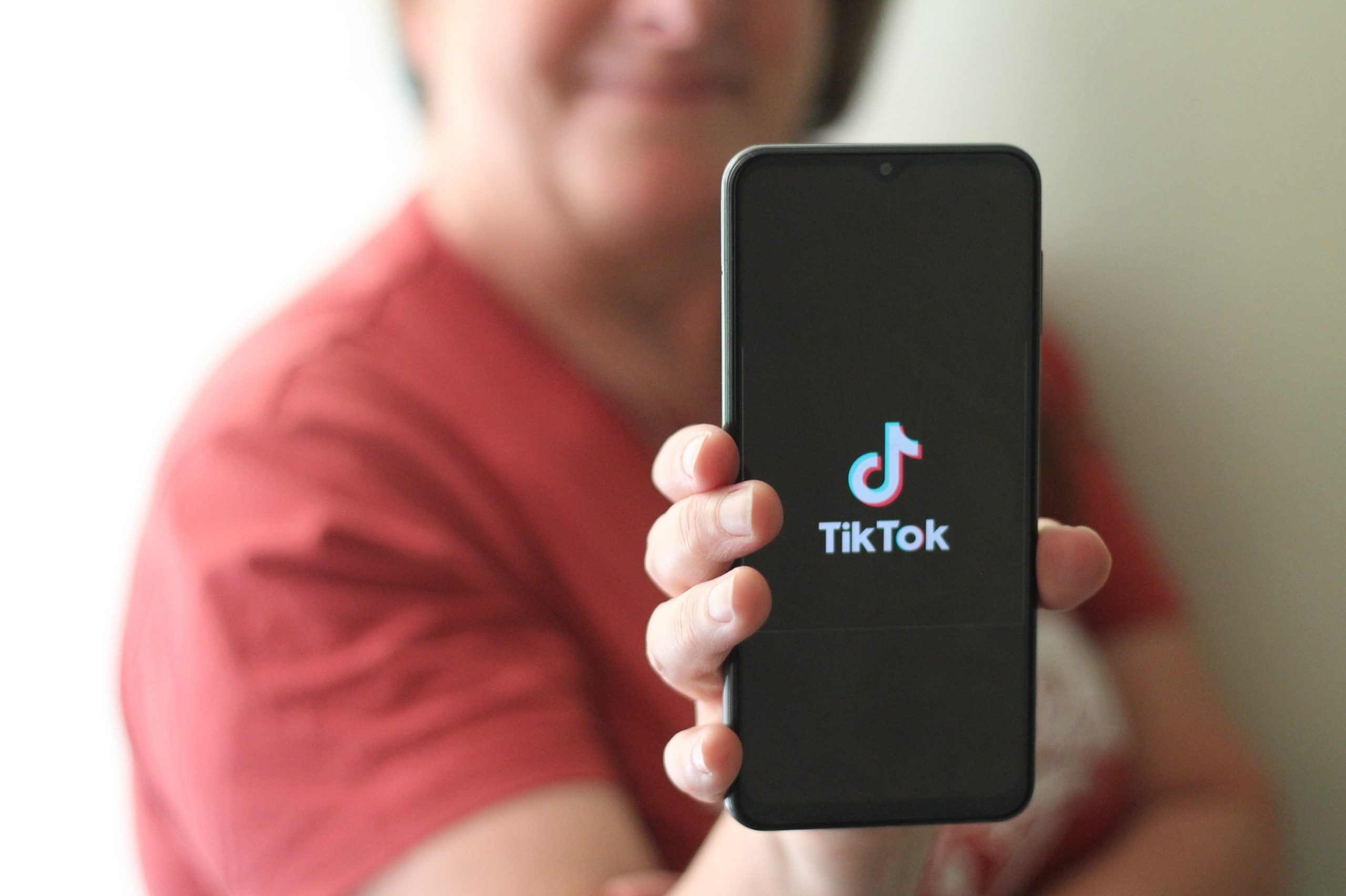Behind the Facade explores social media this month. This week The News reporter Aspen Bruce investigates the complexities of online communication.

For some young people, online platforms provide a place for connection, inclusion and support, but for others, their experience is not so positive, resulting in isolation, disconnection and sometimes bullying.
In a 2020 Netsafe report, one in four New Zealand children (9-17 years old) said they had been bothered or upset by something that happened online.
Nearly half of teens (aged 13-17) said they had been exposed to at least one of the six different types of potentially harmful content online.
This content included violent images, hateful content, content about self harm, ways of committing suicide and ways to be thin.
Internet safety and risk assessment consultant John Parsons of Citizen21 and Karla Sanders, chief executive of bullying prevention organisation Sticks’ n Stones, said most online bullying took place during the weekend.
Mr Parsons said Mondays were often stressful for pupils and staff.
“Arguments between students played out across social media during the weekend end up exploding in the classrooms and playgrounds. The following two or three days are often trying to resolve the conflict or protect a child from harm,” he said.
The types of online weekend bullying included rumour spreading, damaging reputations and threats of violence on Monday at school, Mr Parsons said.
He noticed online bickering emerged between 8-12 years old.
Without reflection, behaviour matured and became normalised by 13-15 years.
Young people had said that if the same comments made online were said in a physical space, they could deal with it.
“They [youth] said they would walk away and talk to someone. They knew how to regulate themselves,” Mr Parsons said.
Two factors exasperating anti-social behaviour online were children on platforms they were legally too young to be on, and online activity taking place behind closed doors in their own bedrooms.
“Because of this they felt more violated. The bedroom should be a space to be safe, where someone can shut the door and be personally re-energised,” he said.
A term coined “cyber separation” — the gap of online awareness between guardian and child — commonly occurred between primary school to high school when technology was introduced, he said.
A proactive approach in minimising cyber separation was mirroring existing social supports online.
When a youth sets up their first social media account, the first person should be a guardian and then together, identify family members to follow, he said.
As online bullying was rarely a one-off incident, but an accumulation of escalated comments, having the social support system reflected in cyber enabled family values and action in the event of hostile language being used online, Mr Parsons said.

Ms Sanders acknowledged the complexity of the topic.
Common examples of online bullying was content being created where a person’s name was not explicitly referenced.
Those watching the videos were aware of the context and content was often “pointed and direct”, she said.
She said those who had experienced bullying and exclusion, often felt humiliated.
Rather than simply seeing the issue solely as a problem, Ms Sanders recognised the opportunity for connection and communication.
“As adults we can’t discount the significance of role modelling . . . this is an issue affecting our young people and we can’t swoop in and try to save them,” she said.
Instead it’s proactively listening to young people and coming up with solutions together.
“They [young people] are ready, invested and care,” she said.
In some circumstances, the support network from online has helped them integrate and move through challenging real life bullying or circumstances.
* Behind the Facade will focus next week on social media and online bullying within schools.
What they’re watching
The NZ On Air report “Where Are the Audiences? 2021” says “the digital media that reaches the most 15-24s each day are online video (91%) (dominated by overseas online video) and music streaming (81%).” It is the first time TikTok, Snapchat and Instagram have been included in the report. Among this demographic, 56% use Instagram, 39% TikTok and 28% Snapchat. TikTok’s Community Guidelines state “the full TikTok experience is for people 13 and older, and we actively remove accounts of people we suspect are under this age”.





